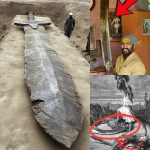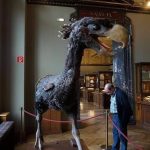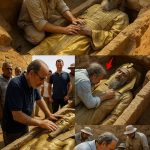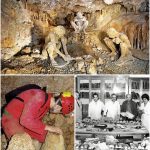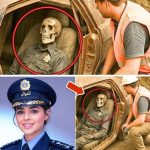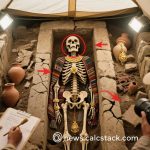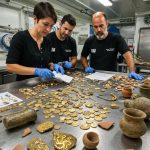Banned Circus Freaks: Rare Historical Photos Reveal Forgotten Stories
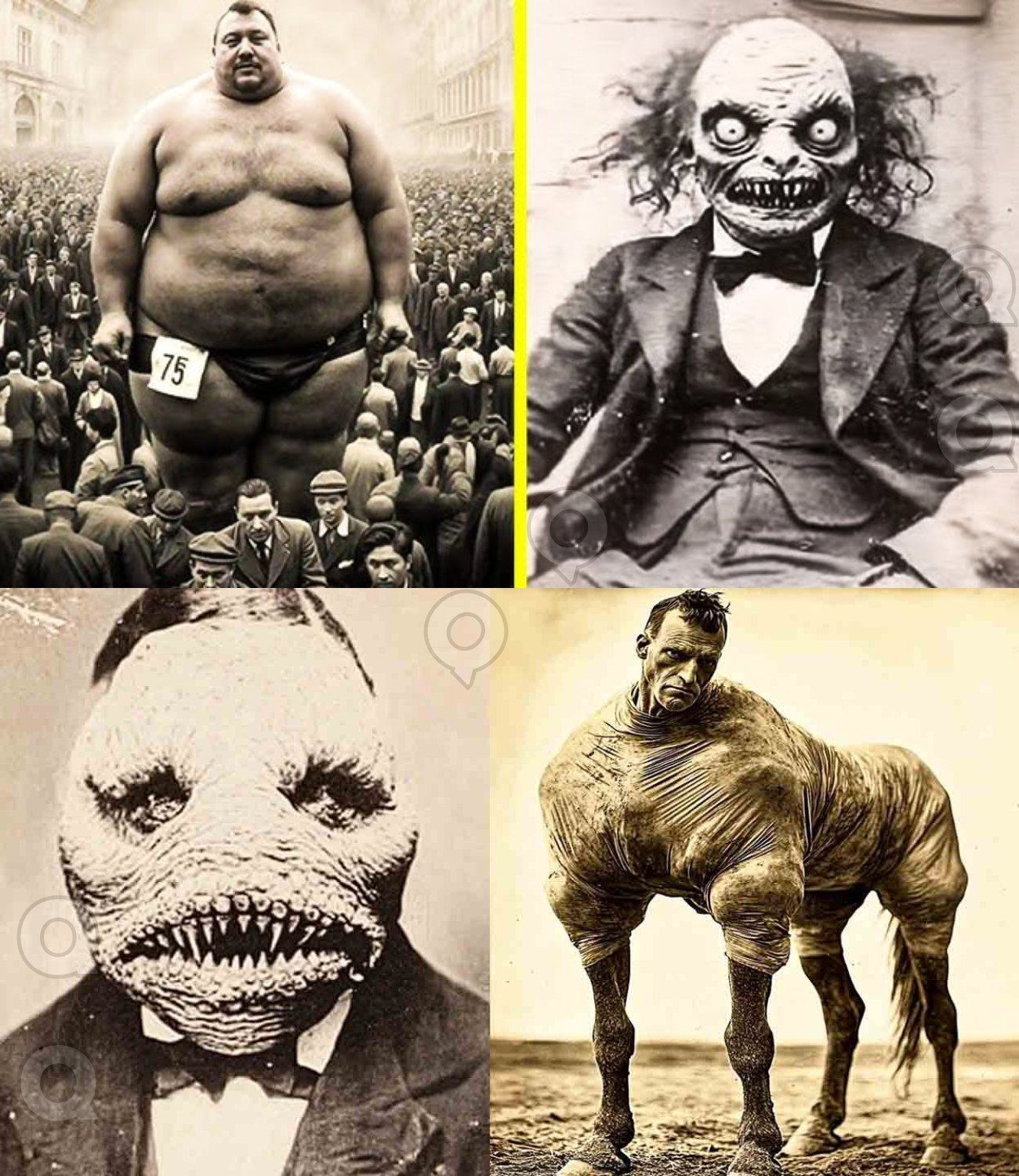
The circus has long been a source of wonder, awe, and, at times, controversy. Among its most provocative chapters is the era of “freak shows,” where performers with extraordinary physical traits or unique abilities became the centerpiece of public fascination. These banned circus acts, now often viewed through a critical lens, offer a glimpse into a world that combined spectacle, curiosity, and exploitation. Recent collections of rare historical photos bring these performers back into the spotlight, preserving their stories and reminding us of the human complexity behind the entertainment.
A Glimpse Into a Bygone Era

The historical photos reveal performers with striking appearances—from unusually tall or short stature to distinctive facial features and exceptional physical skills. These images, often taken in carefully staged portraits or during performances, capture moments that would otherwise have been lost to time. Beyond the initial shock value, the photos provide invaluable insight into a period when society both celebrated and marginalized human difference.
Each photograph is more than just a record of performance—it tells a story of resilience. Many of these individuals faced societal discrimination, yet they carved out livelihoods and identities within the circus community. They were not merely objects of spectacle; they were entrepreneurs, artists, and pioneers navigating the complex interplay of societal fascination, prejudice, and personal ambition.
The Complex Legacy of “Freak Shows”
The term “freak show” may sound sensational, but the phenomenon reflects deep historical and cultural contexts. In an era before mass media and television, circuses were a primary source of entertainment and information. Audiences were drawn to the extraordinary, seeking both amusement and education about the “curiosities” of the human body. While these shows were often exploitative, they also provided performers a unique platform for visibility, autonomy, and community—a duality that modern perspectives continue to grapple with.
Historians and anthropologists have studied these shows to understand how society defined normalcy, beauty, and difference. The banned circus acts were microcosms of larger cultural attitudes, illustrating both fascination and fear, admiration and marginalization. Each performer’s story challenges simplistic narratives, revealing nuanced experiences shaped by personal agency, societal expectations, and historical context.

Rare Photos as Historical Evidence
Photographic collections serve as crucial historical evidence, bridging gaps between oral histories, written accounts, and material culture. They allow modern audiences to witness the lives of performers who might otherwise have been forgotten. Each frame offers visual documentation of fashion, stagecraft, and performance styles, while also humanizing the individuals behind the spectacle. These images are reminders that history often overlooks those on society’s margins, and they encourage reflection on the ethics of entertainment and human curiosity.
Conclusion
Banned circus freaks and the rare historical photos that capture them tell stories of courage, survival, and human diversity. They offer a window into a bygone era, revealing both the exploitative and empowering aspects of performance art. Beyond the shock or novelty, these images remind us of the resilience and individuality of performers who navigated a world fascinated by difference. As we study these photographs today, we honor their lives, acknowledge the complexities of circus history, and gain a deeper appreciation for the diverse tapestry of human experience.
